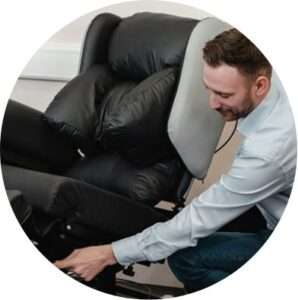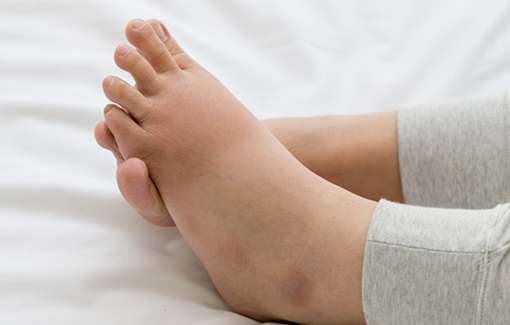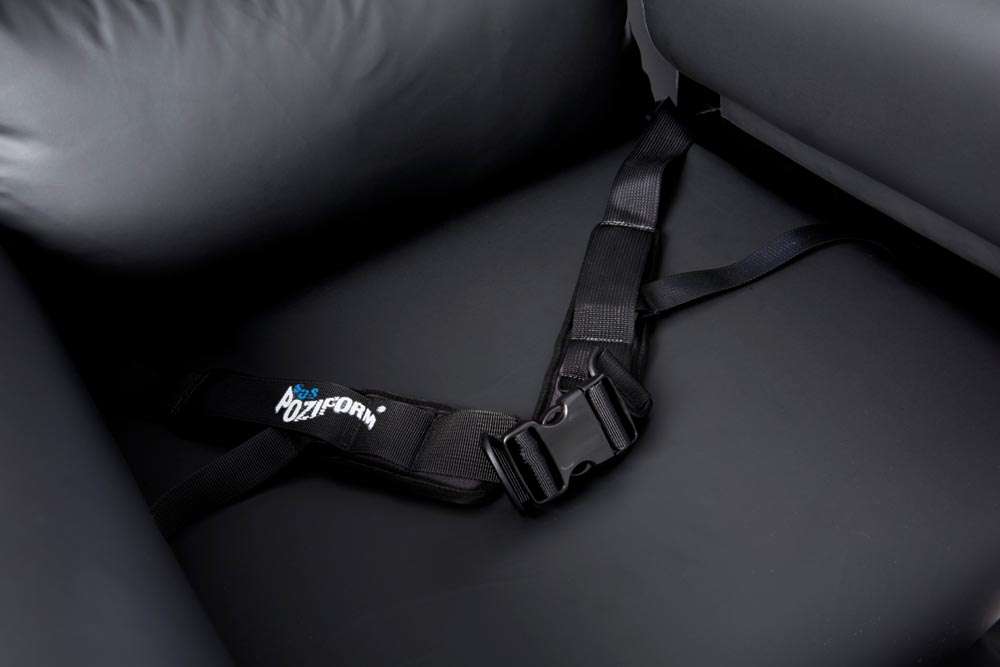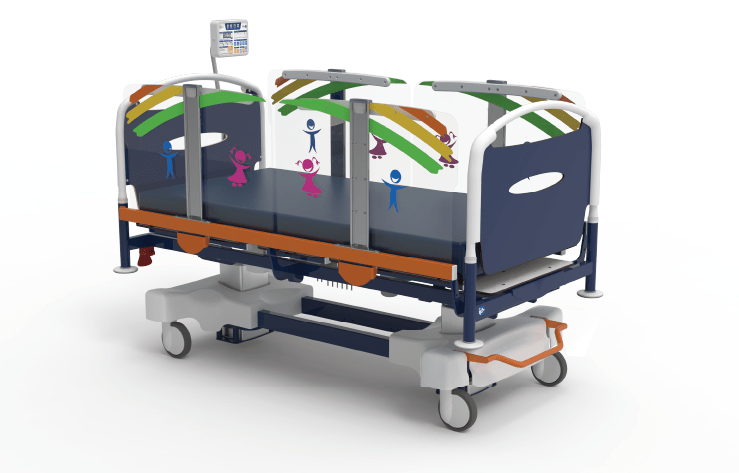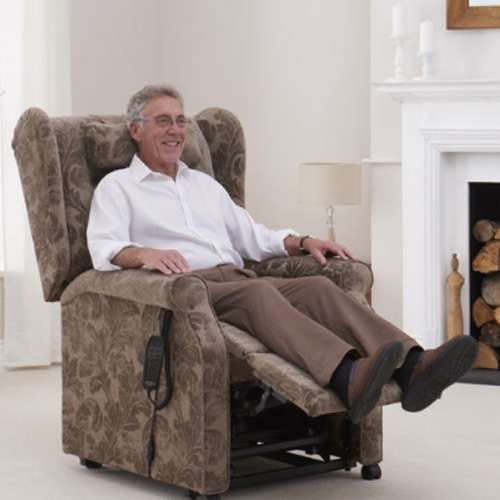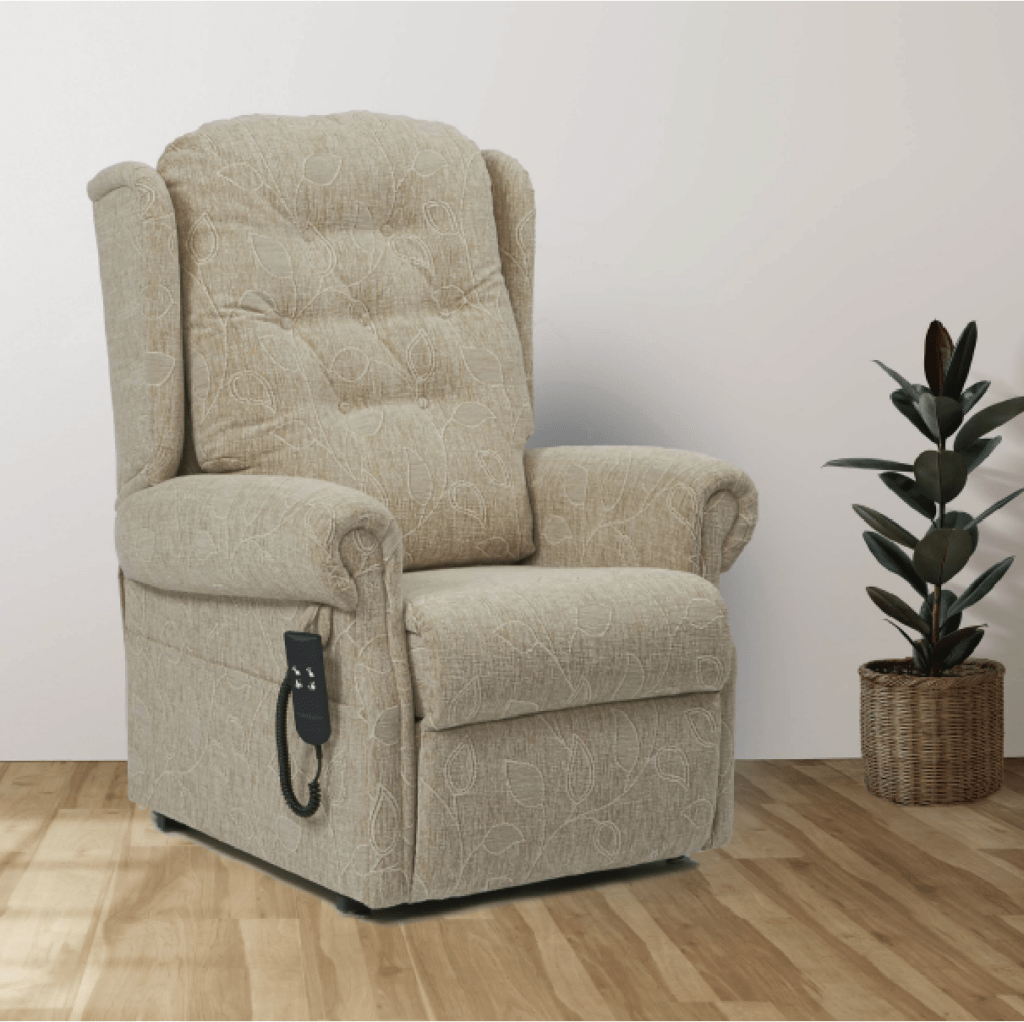The needs of stroke patients will vary depending on the severity of the stroke and how far they are along their rehabilitation journey.
The impact on the stroke patient can vary depending on the type of stroke they have had. A stroke can be caused by a blockage of blood flow to the brain (ischaemic) or bleeding on the brain (haemorrhagic), the effects of these can be longer-lasting and take longer to recover from than a TIA (mini stroke). Sometimes strokes can be so minor that someone is not aware that they have had one!
The effects of a stroke can vary from numbness down one side to speech difficulties and paralysis.
Whatever the extent of the symptoms, there are specialist chairs that can help stroke patients and support them along their road to recovery.
Jump straight to…
Seating Features for Stroke Patients
Lateral Support
Supporting the individual’s trunk is a prime concern in seating for stroke patients. It is important to try and maintain a healthy posture and prevent the person from slumping sideways — which could possibly lead to a scoliotic spine (a spine shaped like a letter ‘C’).
Lateral supports are generally placed at waist level and will help to keep the user’s body straighter and more supported for long periods of time.
The Lento Care Chair is ideal for stroke patients who tend to lean heavily to one side.
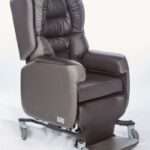
Adjustable Head Positioning
For individuals who have had a more severe stroke, their neck strength may have been compromised. This can lead to the individual letting their head droop sideways, therefore causing pain and possibly damaging their neck further.
Head supports will help to keep the person’s head straight, relieving any extra pressure or stress on the neck. People who spend a long time seated may also fall asleep in the chair and let their head drop to the side. Special headrests with cheek supports are available to add extra support.
Head supports will help to minimise any further damage that could be caused to the person’s vertebrae. Having adjustable supports also means that the chair can be altered to suit the needs of the individual on a day-to-day basis, making them as comfortable and supported as possible.
Tilt-in-Space
Tilt-in-space functionality is ideal for stroke patients as helps to reposition them easily. The angle of the chair tilts backwards while maintaining the same seat angle.
This is particularly useful for combating deteriorating posture. You may find that the user has their shoulder slumped, and even their head drooped.
The tilt-in-space feature can help to correct this by having the user open up their shoulders and rest their head back thanks to the change in angle. The Lento Care Chair and Lento Mobile Riser Recliner both feature excellent head and lateral supports, as well as tilt-in-space and easy mobility.
Moreover, tilt-in-space is brilliant for relieving pressure build-ups, preventing pressure injuries and ulcers.
Mobility and Accessibility
The ideal chair for a stroke survivor would also be mobile. If the individual has lost the use of their legs, a mobile chair is invaluable to helping them get around with ease and dignity. The Lento Mobile Riser Recliner is the perfect choice, as it is mobile and hoist-compatible.
The chair should also be hoist-friendly, and able to be used alongside other transfer equipment to facilitate easy, efficient movement of the individual.
The Lento Care Chair was designed for use with hoists — it offers good ground clearance so the base of a mobile hoist can fit easily underneath.

What are the Best Chairs for Stroke Patients?
The great thing about the Lento range of chairs is that they have additional features built in to compensate in the lack of mobility the client may have.
The Lento Mobile Riser Recliner gives great postural support and is useful for patient who is regaining strength and recovering the use of their affected limbs. It has the additional advantage of being hoist compatible, so the client can still be hoisted in the early stages when the effects of the stroke are at their worst.
If the stroke effects are very severe and bleeding on the brain is quite extensive, a care chair such as the Lento Care Chair or Lento Neuro might be more appropriate. These are designed to manage their posture around the clock if the client has paralysis and cannot move or reposition themselves.
Summary
There are a few essential things to look out for in chairs for stroke patients. There may even be other features to look for depending on the individual; for instance, they may require more leg support.
For a stroke patient that is hoisted, the Lento range is suitable as it is compatible with mobile hoists. A good starting point would be to have an assessment from an OT or a chair specialist to help outline the needs of the stroke survivor.
Then the best option can be discussed and agreed, and the individual will benefit from long-lasting support and comfort in the right chair. If you need more information on specialist seating for stroke patients, download our free 88-page seating eBook.
Book A Specialist Seating Assessment



